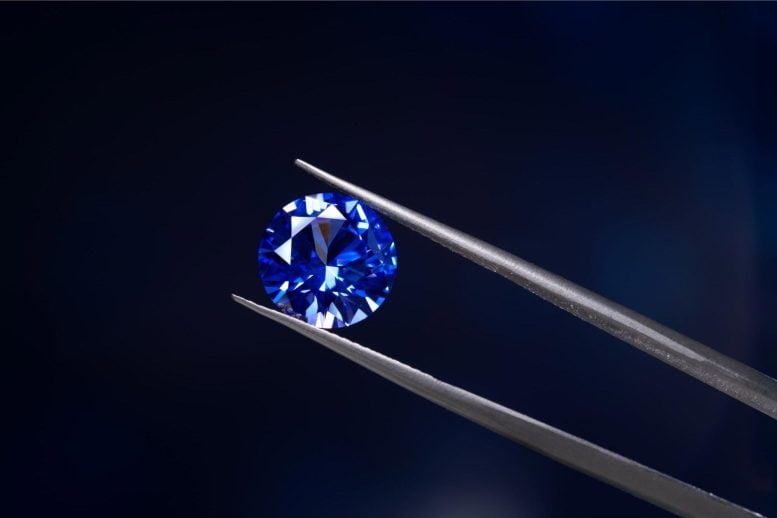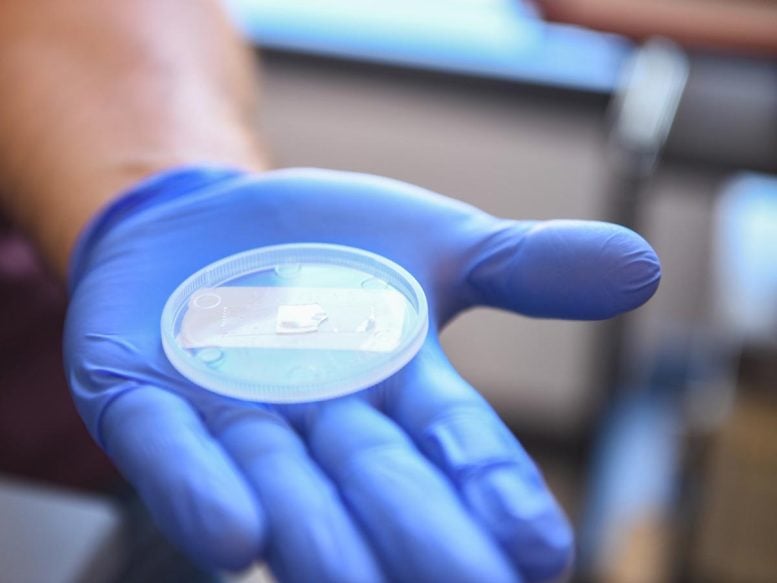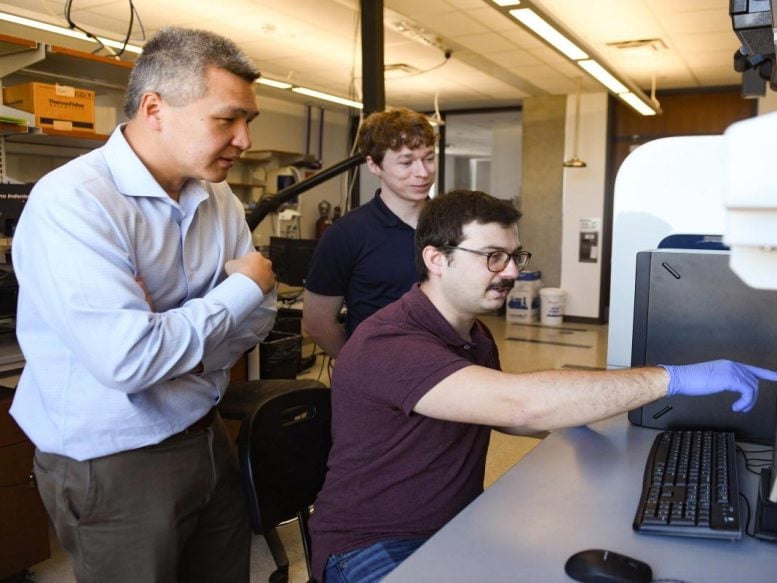
New sapphire nanostructures created at UT Austin repel dust, glare, and fog while staying durable. Inspired by nature, these surfaces could be used in electronics, optics, space, and defense, and are being developed for real-world applications.
Imagine a phone screen that stays flawless no matter how many times you drop it, glasses that eliminate glare, or a windshield that doesn’t get dusty. These could soon become a reality, thanks to a new method for producing sapphire.
Researchers at The University of Texas at Austin have developed innovative techniques to bestow superpowers upon sapphire, a material often seen as just a gemstone but valued in industries ranging from defense to consumer electronics. Its exceptional hardness makes it nearly impossible to scratch, making it ideal for high-performance applications.
“Sapphire is a high-value material because of its hardness and many other beneficial properties,” said Chih-Hao Chang, associate professor in the Walker Department of Mechanical Engineering and lead researcher on the project. “But those same properties also make it very difficult to manufacture at small scales.”

Record-Breaking Sapphire Nanostructures
Chang and his team hope to ease this challenge with new sapphire-based nanostructures as documented in Materials Horizons. The nanostructures show the highest aspect ratio yet for this material, which enables its superpowers without completely losing its stiffness and hardness.
The research: While not quite as scratch-resistant as traditional bulk sapphire – the nanostructures are comparable to tungsten or traditional glass in that way – these new sapphire nanostructures repel fog, dust, and glare with self-cleaning capabilities.

“This is very exciting since nanostructures are traditionally seen as being fragile, but making them in sapphire can solve this problem,” said Kun-Chieh Chien, a recent Ph.D. graduate from Chang’s lab and one of the lead authors.
Nature-Inspired, Self-Cleaning Design
Inspired by the moth eye, the tapered profile of the sapphire nanostructures enhance light transmission and reduce glare. The nanostructures’ high surface energy and aspect ratio create a superhydrophilic surface to prevent fog. The structures can also be treated to be a superhydrophobic surface to allow water droplets to roll off the surface, mimicking the lotus leaf effect.
“Our sapphire nanostructures are not only multifunctional but also mechanically robust, making them ideal for applications where durability and performance are critical,” said Mehmet Kepenekci, a graduate student in Chang’s lab and one of the lead authors.
Why it matters: This technology has a wide variety of benefits. For consumers, it could lead to smartphones that are easier to read in challenging lighting conditions, lenses and windows that don’t fog up, cameras that aren’t prone to glare and hardy windshields that don’t get dusty.

As we embark on the next generation of space travel, the anti-dust properties could ensure mission-critical equipment doesn’t get caked in dust during landing missions on other planets, for example. It could lead to the creation of stronger infrared sensors and protective windows in defense applications.
“Our self-cleaning sapphire surfaces can maintain 98.7% dust-free area using gravity alone,” said Andrew Tunell, the student who conducted the dust adhesion experiments. “This is a significant improvement over existing dust-mitigation technologies and is particularly beneficial for applications in space, where water is not readily available for cleaning.”
What’s next: The researchers aim to bring this technology to life, and they’re looking to improve it several ways. They’re scaling up fabrication to apply these nanostructures over larger samples, improving mechanical and chemical properties to enhance their abilities and exploring even more real-world applications.
Reference: “Scratch-resistant sapphire nanostructures with anti-glare, anti-fogging, and anti-dust properties” by Kun-Chieh Chien, Mehmet Kepenekci, Andrew Tunell and Chih-Hao Chang, 11 February 2025, Materials Horizons.
DOI: 10.1039/D4MH01844C
